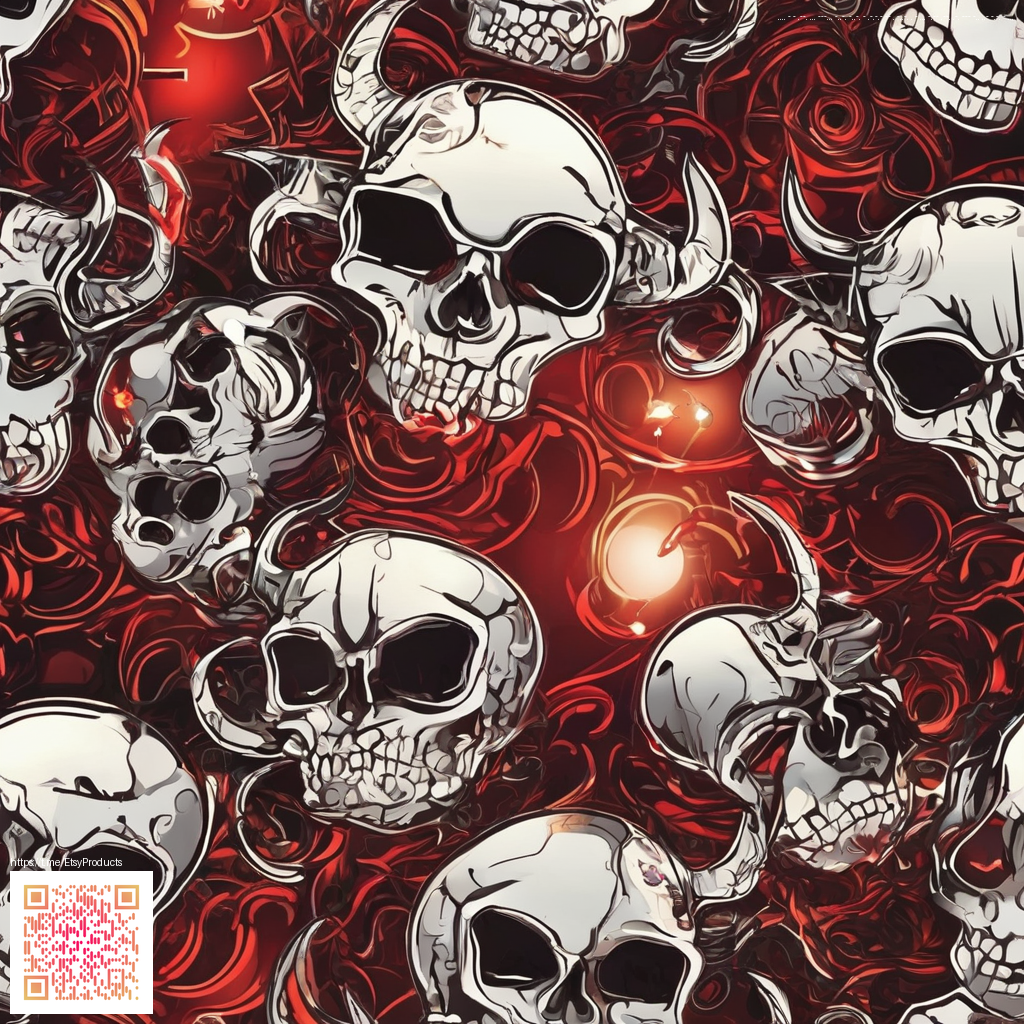
From Free to Paid: A Practical Guide to Conversion
In today’s digital landscape, turning free users into paying customers isn’t about a single trick or a flashy pitch. It’s about shaping a consistent, value-forward journey that confirms a shopper’s decision to invest. When you design the experience with clear milestones, you reduce hesitancy and increase trust. 🚀 The trick is to deliver value early, demonstrate ongoing benefits, and remove friction at every step—so users feel confident upgrading rather than being pressured to pay.
Understand the customer journey and define your value hooks
Conversion starts with understanding what motivates a user to upgrade. Are they chasing speed, reliability, or premium aesthetics? Do they value data security, simplified workflows, or exclusive content? By mapping a simple funnel—awareness, activation, engagement, monetization—you can plant value signals at each stage. 🧭 A well-defined journey helps you craft messages that resonate and pricing options that feel fair. When free users consistently see how paid features unlock meaningful outcomes, a subset will move from curiosity to commitment. 💬
“People don’t buy products; they buy outcomes. Make the outcome obvious and the upgrade inevitable.”
To build that inevitability, begin with a bias toward activation. For example, enable a taste of premium features during onboarding, then highlight what’s unlocked after upgrading. This approach lowers the barrier to trial and makes the leap to paid feel like a natural progression rather than a leap into the unknown. 🎯
Onboarding and activation: the two levers that move the needle
- Guided tours that spotlight premium capabilities within the first session. Short, actionable steps lead to quick wins and a sense of momentum. 💡
- In-app prompts that surface upgrade benefits when users hit a usage threshold or request a feature behind a paywall. Timely nudges outperform generic offers. ⏱️
- Trial-relevant triggers—activate free users with a limited window for premium access to create urgency without feeling forced. 🕒
- Contextual messaging that connects benefits to real tasks, not abstract features. A customer who needs faster workflows or higher fidelity will quickly recognize value. 🔗
Onboarding should also minimize friction. That means simple payment options, transparent terms, and a frictionless cancellation policy. A recent study across SaaS businesses shows that reducing friction correlates strongly with higher upgrade rates. When users perceive a smooth path to success, they’re more willing to invest in the next step. 🔒👍
Pricing, packaging, and the psychology of upgrading
- Clear tiers with distinct, practical benefits. Avoid feature waterfalls where everything is bundled in a way that’s hard to compare. Instead, present a clean ladder of value. 🪜
- Value-based pricing—align price with outcomes customers actually want, not just costs to you. Demonstrate ROI through case studies or scenario examples. 💰
- Annual vs monthly with compelling savings to encourage longer commitments. Think beyond the monthly sticker price; emphasize the annual value. 📈
- Anchoring by placing a premium option alongside a middle-ground choice, so the mid-tier feels like smart value. 🔎
- Risk reversal offers, like a money-back guarantee or a transparent trial period, reduce perceived risk and increase trial-to-paid conversions. 🛡️
Don’t overlook packaging the right way. A well-crafted premium tier can be positioned as an upgrade that unlocks exclusive capabilities, better performance, or premium aesthetics. Even small design enhancements can become a compelling justification for stepping up. It’s about translating features into tangible outcomes—faster results, fewer bottlenecks, and a more delightful user experience. 🎨
Product-led growth: let the product do the selling
Product-led growth (PLG) relies on the product itself to drive adoption and, ultimately, monetization. A PLG mindset means designing experiences where premium value is evident during daily use, not just after purchase. In practice, this looks like:
- Seamless upgrade paths baked into core workflows, not hidden behind menus. 🗺️
- Usage metrics that surface the cost of not upgrading (for example, limited features that slow down progress). 🚦
- In-app success metrics and micro-conversions that accumulate into a larger paid commitment. 📈
- Social proof and user stories embedded near upgrade prompts to reinforce credibility. 👥
When users discover meaningful outcomes while using the free tier, they become more open to paying for sustained benefits. The “aha” moment—when a premium feature saves time or unlocks a capability—can be the catalyst for upgrading, especially when paired with a transparent, low-friction checkout. 🔥
A practical example you can relate to
Consider a storefront selling accessories and cases. A premium, glossy Lexan iPhone 16 case—like the Slim Phone Case for iPhone 16—illustrates how design and function can justify price. A product page that communicates durability, ultra-thin form, and a premium finish helps customers see long-term value. You can explore this kind of premium accessory on the product page: https://shopify.digital-vault.xyz/products/slim-phone-case-for-iphone-16-glossy-lexan-ultra-thin-1. 🎯🧩
For many sellers, the conversion lever is not just offering more features; it’s showcasing how the upgraded experience tangibly improves daily tasks, aesthetics, or reliability. A well-designed onboarding sequence, a transparent pricing ladder, and a product-led upgrade path create a cohesive narrative where paying feels like a natural continuation of the value already delivered. 🚀